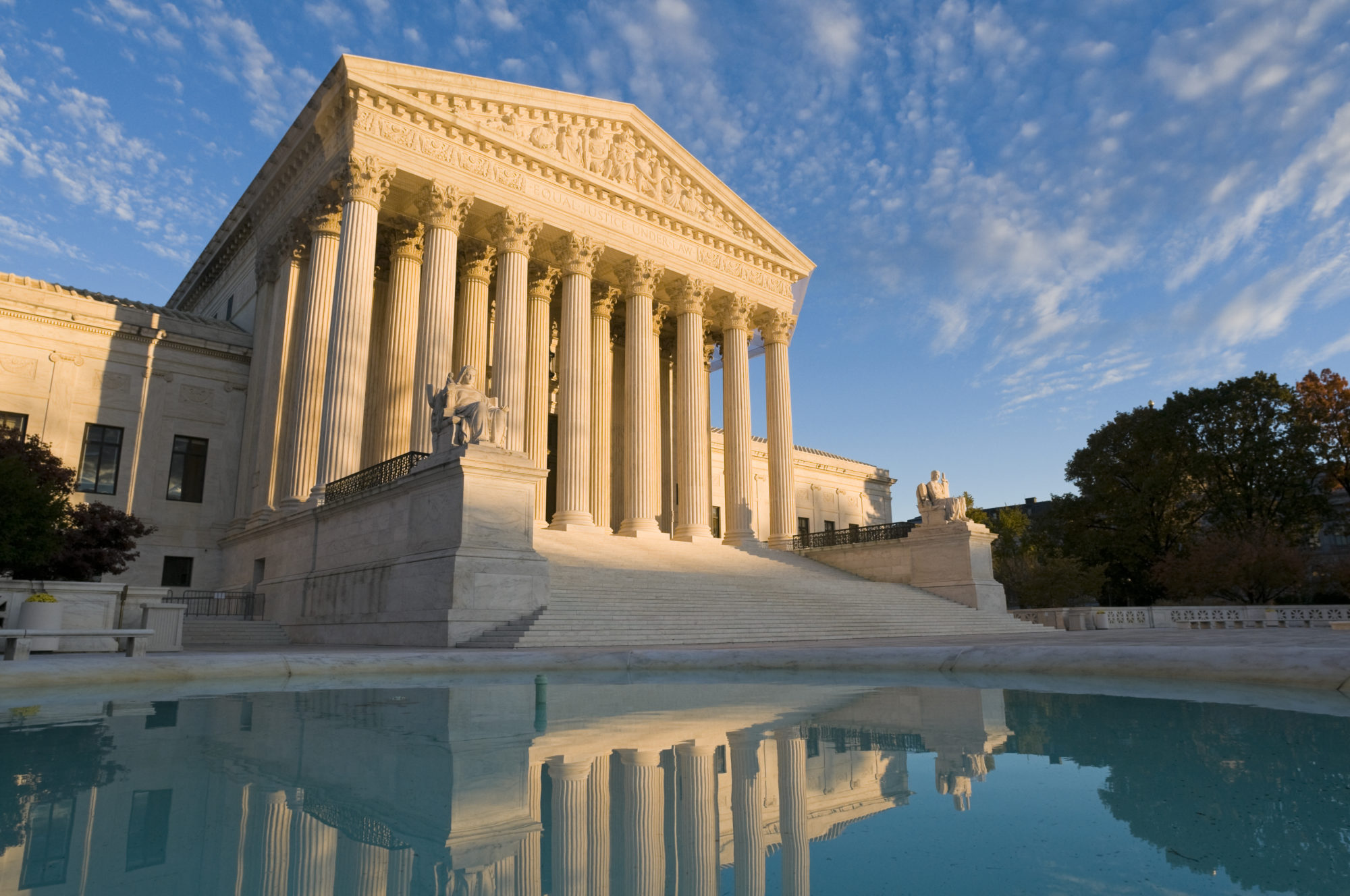“There is a thin line that separates laughter and pain”
What do Justice Kagan and Justice Breyer have in common? They are both liberal in general, and fairly pragmatic on constitutional interpretation (although Kagan is much more formalist than Breyer in statutory interpretation). They also share is a tendency for self-deprecating humor. Take this example from oral argument in Ayestas v. Davis:
Justice Breyer: I don’t have it in anything I’ve looked at yet. But I have it somewhere in the back of my mind, which is sometimes wrong. [LAUGHTER]
Or, this exchange from one of the arguments over the fate of the Affordable Healthcare Act in the 2012 Term:
Justice Breyer: I see the point. You can go back to, go back to Justice Kagan. Don’t forget her question.
Justice Kagan: I’ve forgotten my question. [LAUGHTER]
Mr. Carvin: –I — I was facing the same dilemma, Justice Kagan.
Justice Ginsburg: Let me — let me ask a question I asked Mr. Clement. It just seems–
Justice Kagan: See what it means to be the junior justice? [LAUGHTER]
But even when the justices are being ostensibly self-deprecating, such as here, there is often a sharper point beneath the surface of comments—Kagan was simultaneously making a joke at her own expense and at the expense of her senior colleagues, calling attention to their tendency to interrupt her.
Humor as hierarchy
Last week we discussed some of the data on laughter at the Supreme Court in a new empirical study that is now forthcoming in Vanderbilt Law Review, Taking Laughter Seriously at the Supreme Court. We showed that the justices use courtroom humor as part of advocacy—the individual justices are far more likely to make jokes while speaking to the advocates they ultimately vote against.
In addition to using text mining to analyze over 9,000 occurrences of laughter at oral argument since 1955, we also did things the old fashioned way and read about 1,000 instances of judicial humor between 2010 and 2017. What we found, in a nutshell, was that judicial humor at the Supreme Court is often very much about dominance and hierarchy. Breyer and Kagan are actually quite a contrast to the rest of the Court in their repeated willingness to make jokes at their own expense.
Most often, jokes at oral argument take the form of the justices putting the advocates in their place. For instance, each of the following got a laugh: when an advocate said “We don’t disagree” and Justice Scalia responded “You’re supposed to say, yes, sir, good. [LAUGHTER]”; when an advocate posed a rhetorical question and Chief Justice Roberts responded: “I get to ask the questions. You don’t. [LAUGHTER]”; and when an advocate suggested “I don’t think this Court needs to get into…” a particular issue, and the Chief responded “Well, I think you have to get into it since I asked you a question about it. [LAUGHTER]”
Debunking the equalization thesis
Although our reading of transcripts is obviously subjective, the data backs up our impression that the justices use courtroom humor to emphasize the weakness of the advocates.
One of the few prior studies to try to empirically examine humor at the Court claims thatlaughter is primarily used as an equalizing force, a means to foster a de facto egalitarian environment despite the structured hierarchical nature of the Court. We debunk that claim. In fact, the data shows that the justices most often use courtroom humor against an advocate who is losing the argument (see the figure below), and against inexperienced advocates.
“I like people who win”
Just like the President, who “likes people who don’t get captured,” the Supreme Court justices like people who are winning, and like to make fun of advocates who are losing. The figure below shows the net difference in laughter for each justice in terms of whether the advocate ultimately won or lost the case. Almost all of the justices on the Court in the last 20 years tend to use courtroom humor significantly more during the time of the losing advocate (represented by the solid black bars to the left of zero).

Apparently, inexperience is a laughing matter
We see a similar pattern for experience.
The justices employ courtroom humor significantly more against inexperienced advocates. Since 1955, advocates making their first appearance before the Court endured the justices’ wit at a rate of .55 episodes per appearance. That figure drops to just over .40 for advocates with less than ten arguments under their belt, and to a mere .19 for the elite lawyers appearing for at least their eleventh time. These differences are just the tip of the iceberg. Further examination shows that there is a significant interaction between advocate experience, laughter, and both individual justice’s votes and overall Court win-loss differentials.
We go into these issues in much more detail in Taking Laughter Seriously at the Supreme Court, but the bottom line is that laughter at the Court is not really about mirth, wit, or levity; the justices use courtroom humor as a tool of advocacy and to reinforce the hierarchy between the winners and loser and the experienced and inexperienced.

You must be logged in to post a comment.